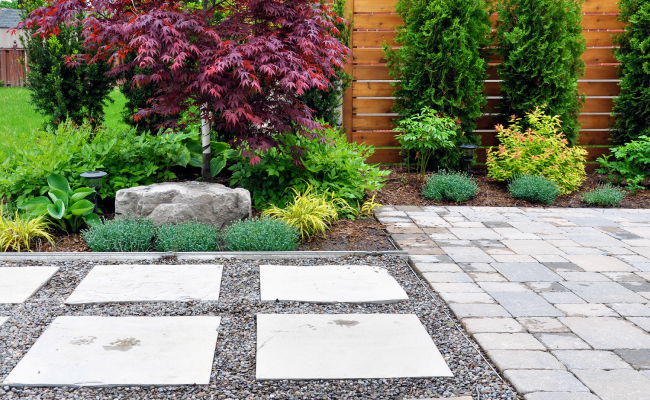So you’re ready to re-imagine your outdoor space and need some help? It can be daunting to tackle this task on your own, which is why it’s always helpful to have a design build contractor in San Francisco on your side. They have the experience and skill to create an aesthetically-pleasing yet usable space that you and your family can enjoy for years to come.
As you plan your landscape design, keep these 10 important considerations in mind.
1. Determine Needs and Wants
The first step is to determine your needs and wants for the space. What is the primary purpose? Do your kids need an open space to run and play? Do you want to grow a garden? Do you like to entertain a lot? Once you know the purpose of the landscape, you can start the design process. You don’t have to come up with anything fancy. It can just be a rudimentary sketch, some bullet points of must-haves, and an overall theme for the space. Once you meet with your landscape designers, they can take it from there.
2. Consider Location
Think about the boundaries of your yard and where you want the landscape design piece to settle. Keep track of sun and wind patterns. If you plan to sit out in the sun with a glass of lemonade on nice days, make sure your landscape accounts for optimal sun positioning during peak times of the day.
If you enjoy hosting parties around your fire pit in the evenings, think about the direction of the wind and how it could affect those plans. You don’t want the wind whipping around an ill-placed corner and extinguishing your fire.
3. Spend Time in Your Yard
By extension, spend some time in the area you want to landscape. Try sitting in different areas at different times of the day. This will help you select patio furniture and accessories that offer flexibility and can work equally well in various areas of the landscape.
4. Start Small
You don’t have to tackle a complete outdoor makeover in a few days. Start slow and small, and add on from there as your time and budget will allow. Creating a workable – and affordable — landscape takes slow and methodical development of a well-thought-out plan. You don’t want to bite off more than you can chew in terms of finances, and the encroachment on your privacy and time. Plus, you want to enjoy the process, right? Going slow will ensure you don’t get sloppy or make hasty decisions you will end up regretting later.
5. Find the Focal Point
Any well-designed landscape or garden has a focal point, or even better, a series of focal points. Those points could be anything from a water fountain or pond to a sculpture or stunning tree that blooms each spring. The overall design should draw the eyes around the landscape to the most important thing you want to highlight. Visual interest is key here.
6. Think About Scale and Pacing
Scale and pacing are both pretty tricky concepts for beginners, but that’s why you have a landscape design and build contractor on your side! They can help you with this process. Ultimately, you want to incorporate variations in size, color, and shape, with tall plants against the exterior of your home, or as the backdrop of your flowerbed. Add paths that help people meander along and guide them to quaint sitting areas. Aim for a good balance between repetitive and new elements. Repetition provides cohesion, but it can get monotonous if overdone.
7. Be Open to Change
Think critically and honestly about what works for you and what doesn’t when it comes to the design. Make sure all elements reflect your style and what you’re all about. And remember, it’s perfectly fine to experiment and edit as you move along in the process. It’s important to have patience and thoughtfully consider placement before you make any permanent moves.
8. Remember the User
From yourself and your family to your pets and guests, take a beat to think about the needs of the user. Ask yourself these questions:
- How do we currently use the yard?
- How do we want to use the yard?
- How do we want it to look aesthetically?
- How much maintenance do we want to do?
- What is our budget?
9. Dig Deeper Into Daily Usage
Go a bit deeper and think about how you use the yard. Who uses which entries? Where do your kids and dogs tend to play? How many vehicles are used by family members? This is important, as driveways and parking spots take up a lot of permanent space. When it comes to budgetary concerns, think about the labor costs for installation, the cost of materials, and any ongoing maintenance costs.
10. Create and Link Spaces
Think of your yard as an extension of your home, and one that can be divided into three distinct areas: the front yard (public), the back yard (private), and side yard (service). Where your activity areas are located will depend primarily on the type of your terrain, the size of the space you need, what activities you want to engage in within each, and the proximity to other structures and activities.
Plan Your Landscape Design With Inside Out Landscaping
For inspiration and guidance on creating a beautiful yet functional landscape design for your San Francisco home, contact us today at (415) 606-7122. We would be happy to visit your home as part of a free consultation and quote. Our team designs, builds, and maintains exterior landscape spaces such as patios and yards, resulting in a seamless connection between indoors and out.

